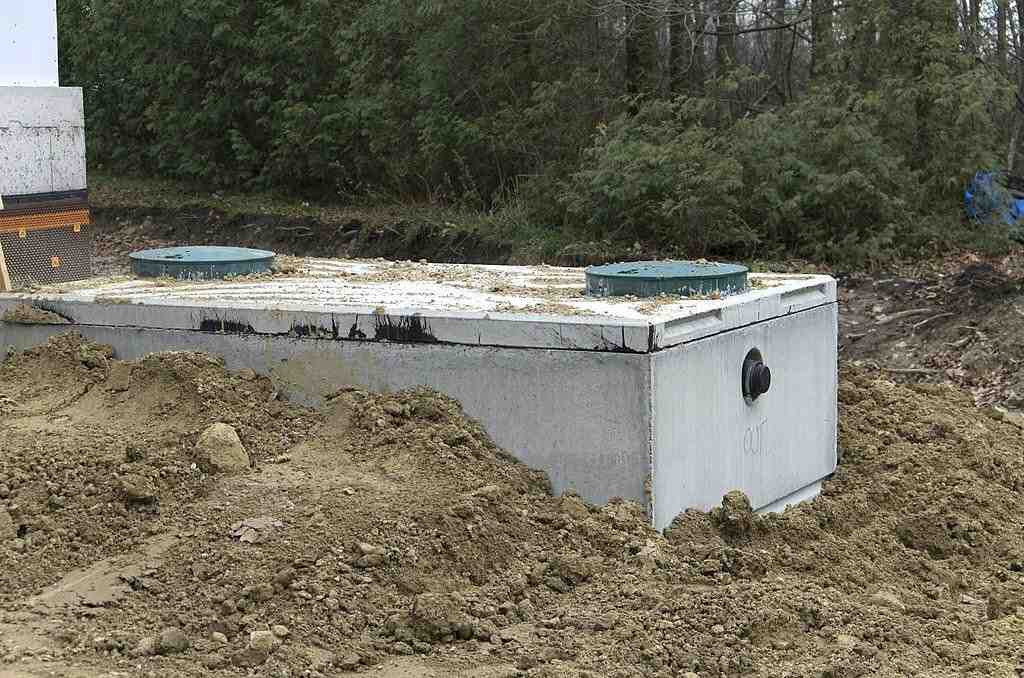
Incessant rains, storms, and floods may happen anytime anywhere. But have you ever wondered how a forecasted flood or a sudden power outage affects the septic system of your property? When too much water accumulates in the drainfield, it may become overloaded and slow down the septic system’s functioning. Ignoring this issue increases the risk of the septic waste backing up into your house, particularly when the drainfield becomes blocked.
During wet weather a waterlogged drainfield allows too much water to percolate down the soil. To protect such instances, you need to pay attention to cleaning of septic tank at regular intervals.
What is the preventive method to follow?
What steps must you take to prevent damaging the septic tank? First and foremost, try to move away the stormwater runoff mechanism away from the tank. That way, you can create a diversion for water coming from the driveway and the roof and prevent the clogged water in the drainfield from entering the tank through the soil.
Another thing to keep in mind is that the soil over the septic tank needs to be heaped so that the water approaching the equipment can flow off easily and not enter the tank. Consult with experts to find out if constructing berms may help in redirecting the water away from your system.
Significance of cleaning and maintaining the septic system
There is no denying that a properly maintained septic tank system is better equipped to handle the stress of floods and heavy rainfall. That is why you must look for reputed service providers dealing with septic tank maintenance near me. That way, you may have your system inspected annually or look for signs of clogging or improper emptying of the tank.
Besides, experts will also probe the drainfield to check if there are wet spots, bad odour, or sewage coming to the surface. Apart from this, a professional check also reveals the sludge and scum levels in the tank. It also checks the condition of the baffles and helps in knowing if they are severely corroded. Here is what happens during the annual maintenance and cleaning of the grease trap:
- During the maintenance of the tank, you might want to communicate with the professional to waterproof the connections to the pump. Therefore, when the system floods, you can prevent an electrical hazard.
- Talk to professionals about pumping the tank, especially if a natural disaster is on the cards. It is a maintenance step you must never ignore if you don’t want the system to flood. Usually, the pumping of septic tanks takes place every two to three years.
- When flood water enters the septic tank and is filled with water, it will find an escape route through sinks, toilets, and showers.
- If the property is situated in a flood-prone region, be sure to install the equipment that prevents the backflow of water into your home.
- Make sure that sump pumps are not connected to the septic system. In this way, when the crawl space floods, you don’t want the water to fill in the septic system.
One of the primary aspects besides septic tank emptying near me is choosing the right location for installation. It must be situated at a distance from wells and streams. Furthermore, the area around the system should be like a slope and not flat so that the water runs off easily during heavy storms.
Things to do during and after floods
During a flood, the septic tank becomes prone to immense damage. So, here are the things you need to do to protect the system:
- Try to avoid handling the septic system when the mound and the drainfield are severely waterlogged.
- You must turn off the electrical connections to your septic systems. Different systems use different methods to remove wastewater from one tank to the other or from the area around the drainfield or mound. Ideally, you must not mess with the wastewater until the flood water is no longer to be seen or the area becomes dry. When the drainage area becomes flooded, the sediments and solids may enter the system and clog it.
- When flood water enters the house, do not pump into the toilet and the sink. If the household drains or sinks in the basement are connected to the septic system, close them to prevent flood water from entering.
- For water treatment plants located in specific properties, you need to turn them off during flooding.
After the flood:
- You may focus on septic tank cleaning but make sure you appoint a professional for the task and to make the system functional may take a few weeks.
- If you suspect damage in the system like the tank filling with soil and sediments, allow a professional to inspect it at first, leading to significant clogs.
- When pumping flood water out of the property, be sure to direct the hose pipe away from the drainfield and the system.
The septic tank requires cleaning and inspection efficiently. For proper maintenance of the system, determine the septic tank cleaning prices from reputed companies to ensure that the impact of flooding is minimal and the system returns to normal quickly.